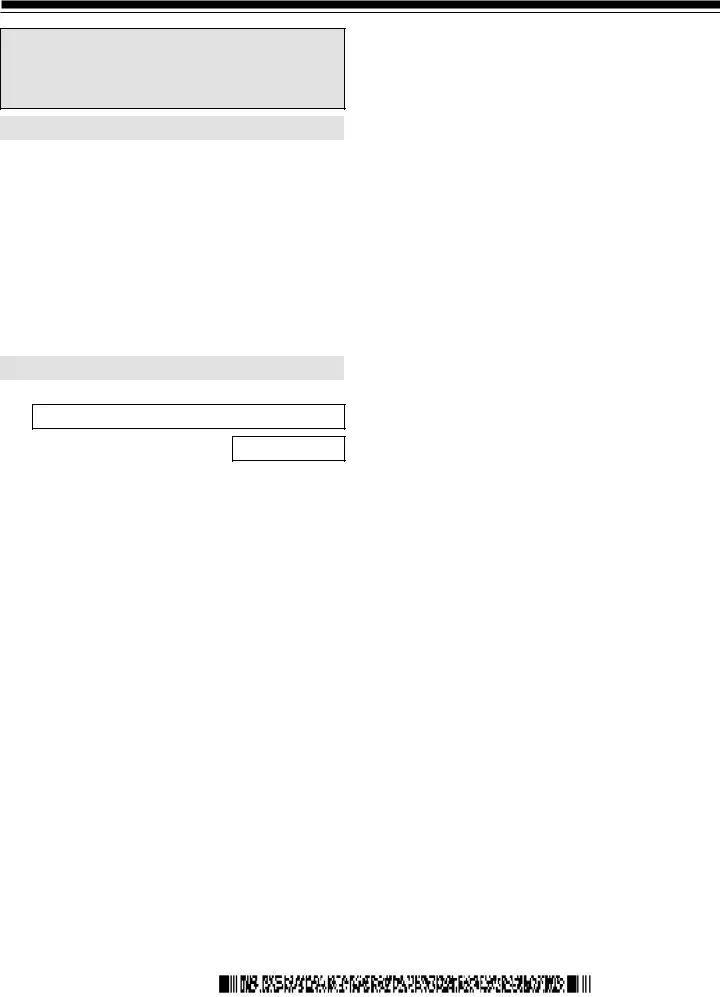What is the purpose of Form I-751?
Form I-751, also known as the Petition to Remove Conditions on Residence, is intended for individuals who obtained conditional residence status through marriage to a U.S. citizen or lawful permanent resident. The main goal of submitting this form is to request the removal of conditions attached to their resident status, allowing them to become lawful permanent residents without conditions. This is a crucial step to ensure that individuals can live and work freely in the United States.
Who should file Form I-751?
This form is typically filed by conditional residents who received their status through marriage. It is essential for those who obtained conditional residency because of a marriage that is less than two years old at the time of their lawful permanent resident status. If you're still married to your spouse, you generally file the form jointly. However, if there are special circumstances—like divorce or abuse—you may file on your own.
What documents are required to accompany Form I-751?
Along with Form I-751, applicants need to provide supporting documentation to prove that their marriage was genuine and not entered into for immigration purposes. This can include joint bank statements, lease agreements, photographs together, birth certificates of children born from the marriage, and more. It’s crucial to include evidence that demonstrates the legitimacy of the relationship. Missing documents can lead to delays or even denial.
How long does it take to process Form I-751?
The processing time for Form I-751 can vary significantly depending on the service center handling the petition. Generally, it may take several months to over a year for the application to be processed. During this period, applicants should receive a receipt notice indicating that their application is under review. It's often advisable to check the USCIS processing times online for the most current estimates.
What happens after I file Form I-751?
After submitting Form I-751, applicants will receive a notice from USCIS acknowledging the receipt of their petition. They may also be scheduled for an interview where they will need to answer questions regarding their relationship and other related matters. If the petition is approved, conditional status will be lifted, and they will receive a new permanent resident card. If denied, applicants will have options to appeal or address any issues cited in the decision.
Can I travel while my Form I-751 is pending?
Yes, conditional residents can travel while their I-751 application is pending. However, it’s important to take precautions. It is advisable to carry the receipt notice of the pending petition, as it serves as proof of your lawful status. Because international travel can complicate your immigration status, consulting with an immigration attorney might be wise before any travel plans are finalized.
What if my marriage ends after filing Form I-751?
If your marriage ends after filing Form I-751, it may still be possible to get the conditions removed by applying for a waiver. You need to demonstrate that the marriage was entered into in good faith, but it ended due to divorce or annulment. In cases of abuse, you can also request a waiver based on those circumstances. It’s crucial to provide detailed evidence to support your waiver request in this situation.

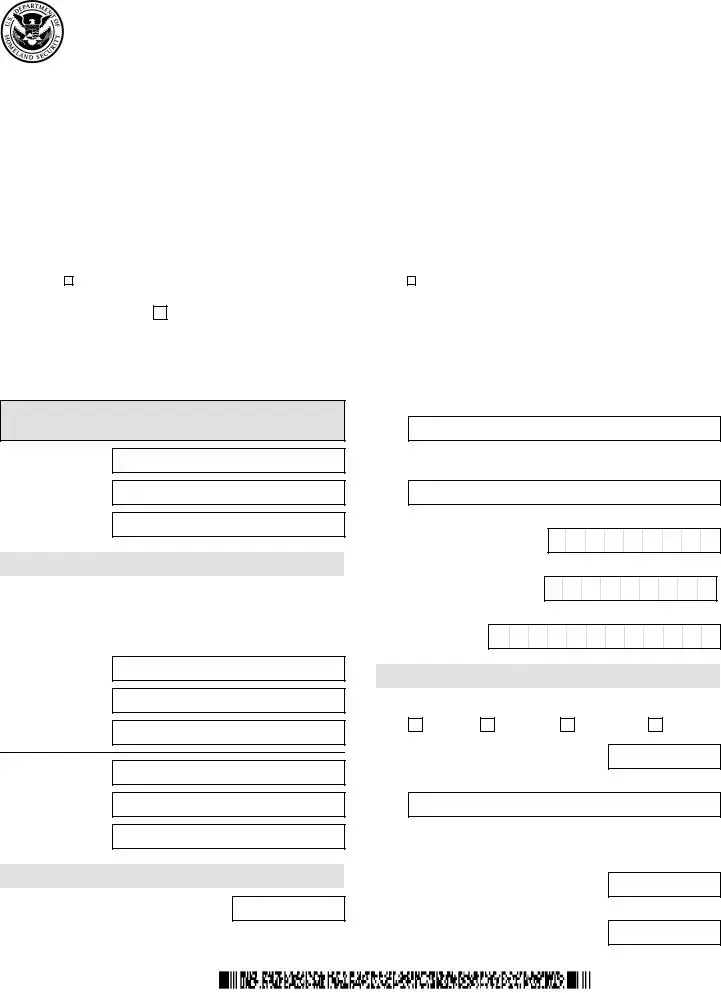
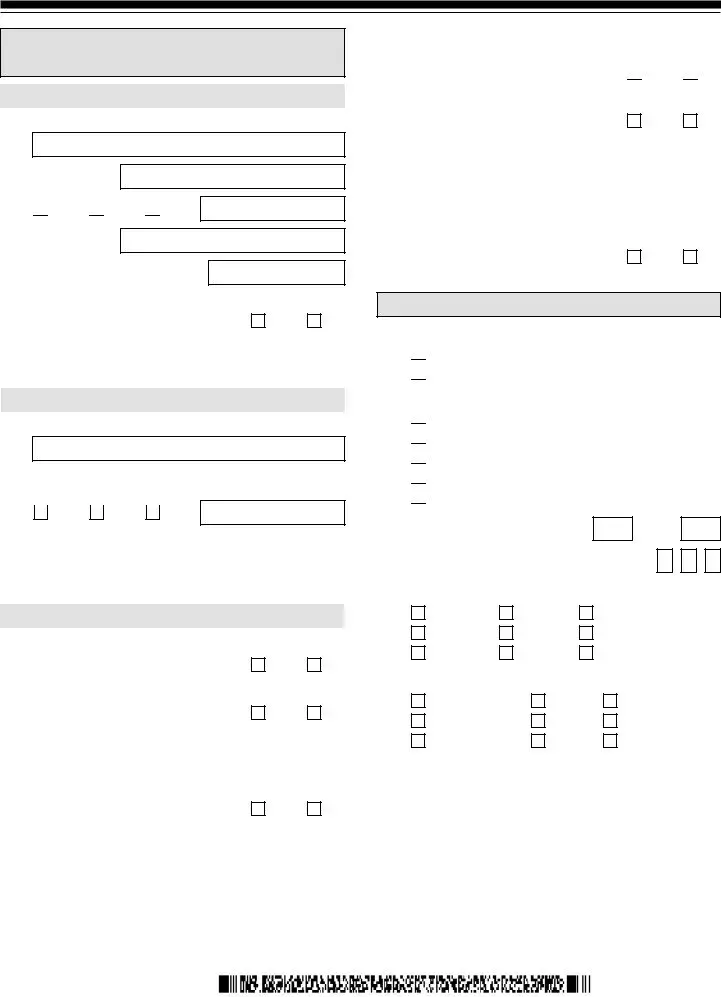
 Apt.
Apt. 
 Ste.
Ste.  Flr.
Flr.
 Yes
Yes  No
No Hispanic or Latino
Hispanic or Latino Not Hispanic or Latino
Not Hispanic or Latino White
White Asian
Asian Black or African American
Black or African American American Indian or Alaska Native
American Indian or Alaska Native Native Hawaiian or Other Pacific Islander
Native Hawaiian or Other Pacific Islander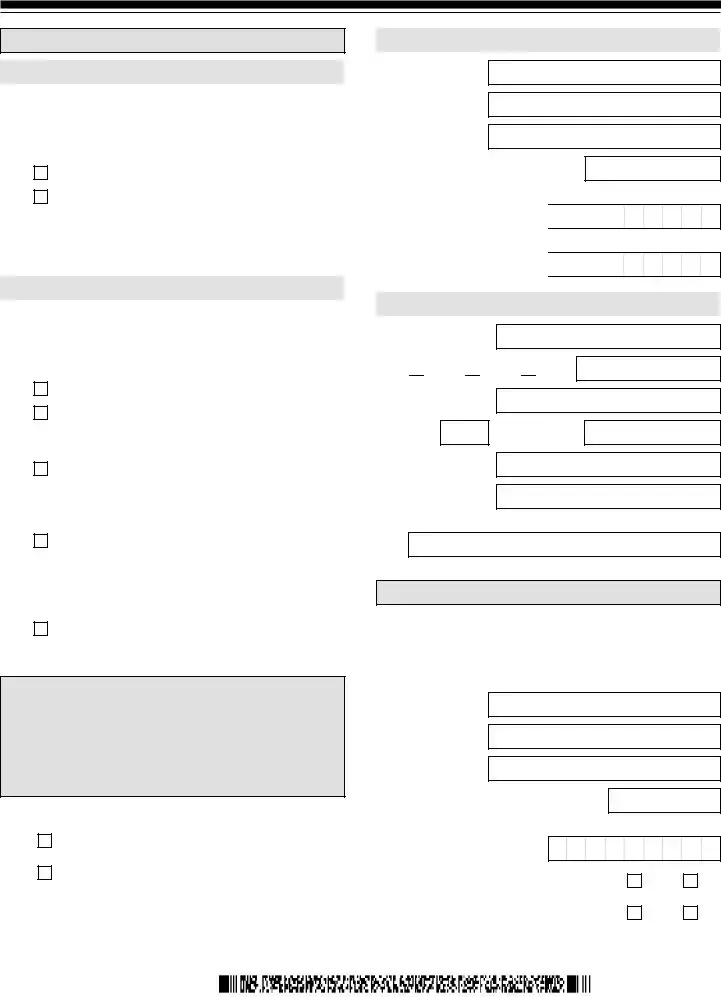











 6.c.
6.c. 
 Flr.
Flr.



 6.c.
6.c. 
 Flr.
Flr. Apt.
Apt.  Ste.
Ste. 
 Flr.
Flr. 
 18.e.
18.e. 
 Apt.
Apt. 


 Flr.
Flr.

 Yes
Yes  No
No
 Yes
Yes  No
No I am deaf or hard of hearing and request the following accommodation. (If you are requesting a
I am deaf or hard of hearing and request the following accommodation. (If you are requesting a 
 I have another type of disability and/or impairment. (Describe the nature of your disability and/or
I have another type of disability and/or impairment. (Describe the nature of your disability and/or
 Apt.
Apt. 


 Flr.
Flr.
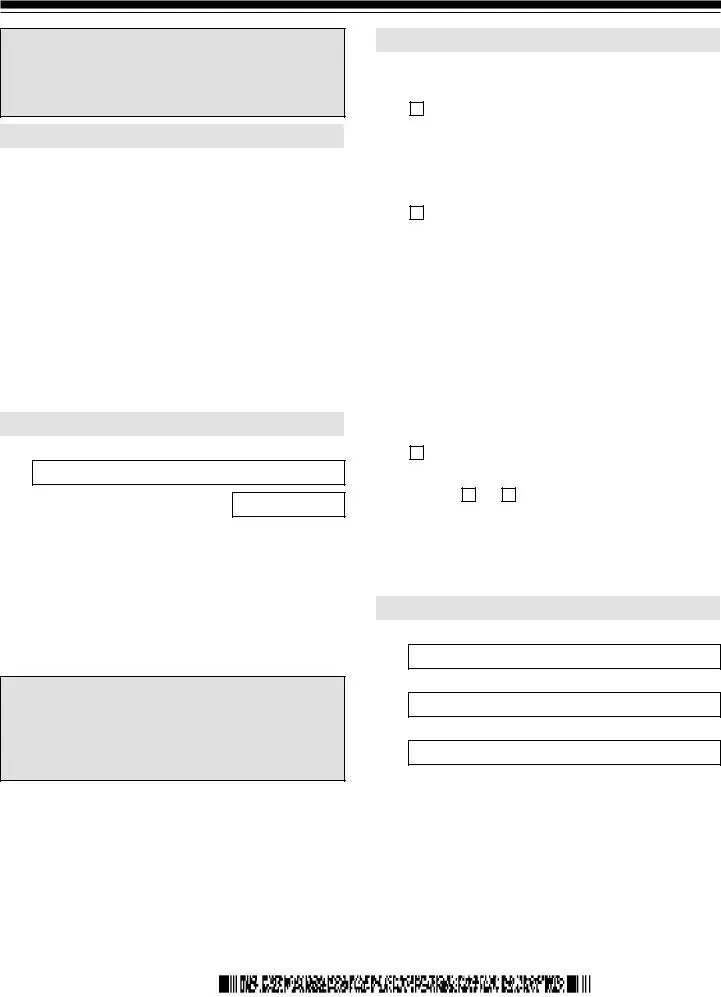
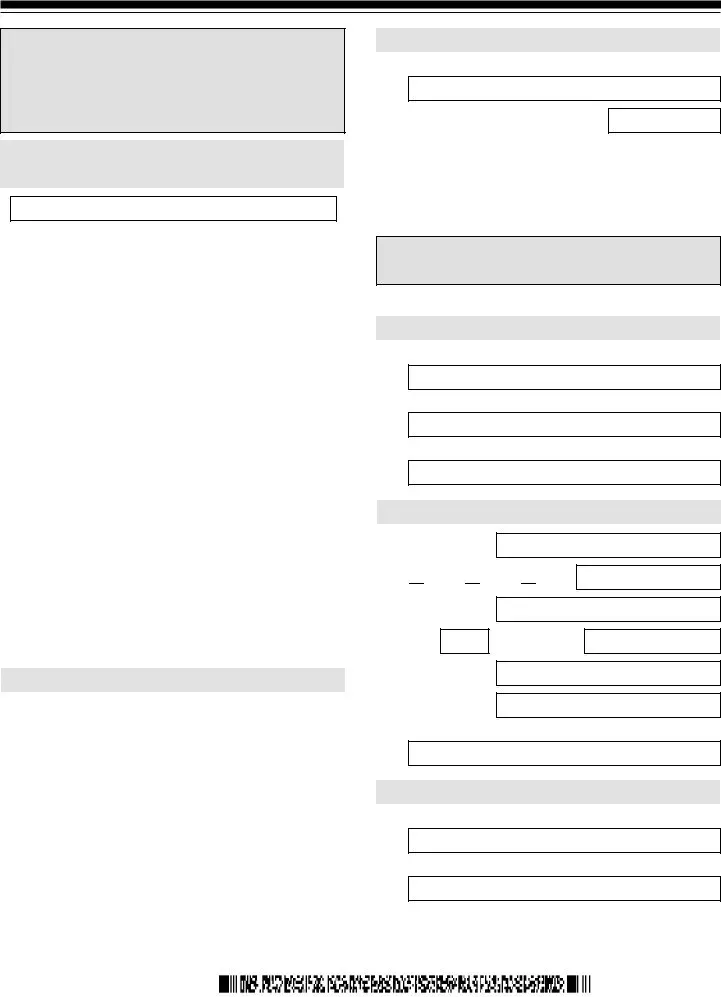



 3.c.
3.c. 
 Flr.
Flr.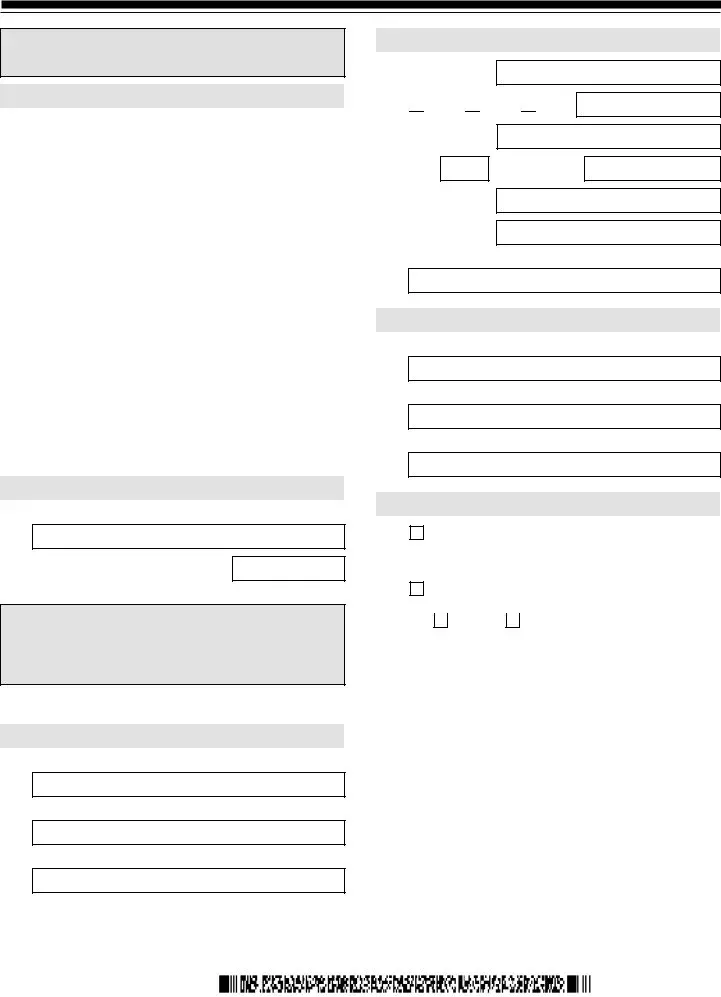



 3.c.
3.c. 
 Flr.
Flr.